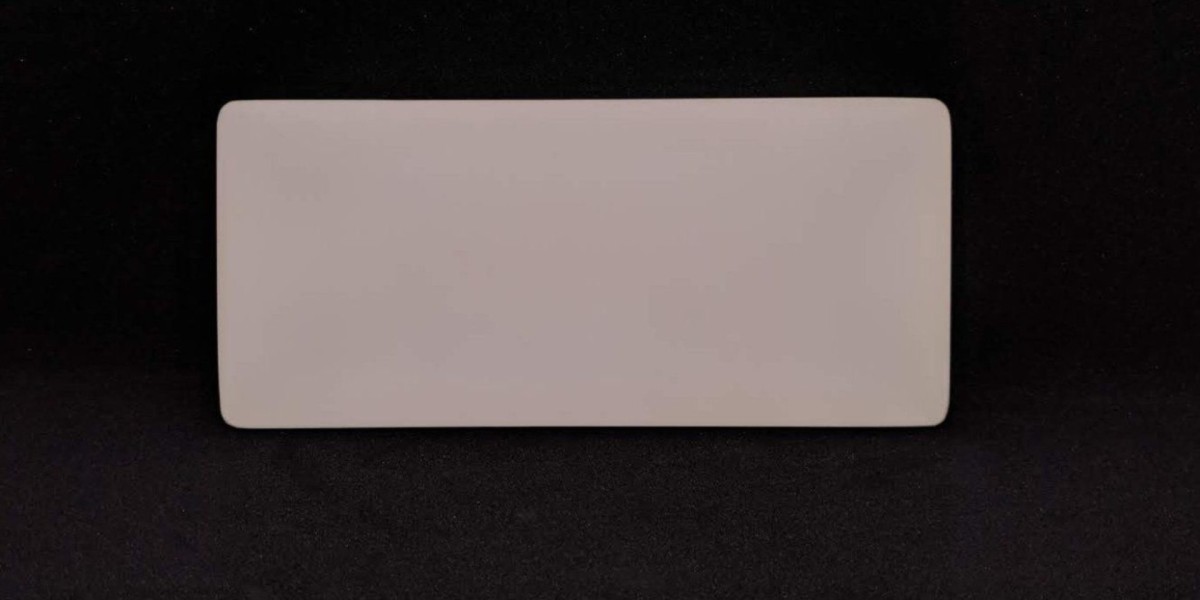Alumina plates are made from aluminum oxide (Al₂O₃), a strong, heat-resistant ceramic used in many industries. These plates are lightweight, durable, and resistant to extreme temperatures, making them a great choice for high-performance applications.
Key Benefits of Alumina Plates
1. High Temperature Resistance
Alumina plate can handle extreme heat, with some grades tolerating up to 1800°C (3272°F). This makes them ideal for furnace linings, heat shields, and other high-temperature uses.
2. Exceptional Strength and Durability
These plates have a high hardness rating, making them more resistant to wear, scratches, and impact than many metals and plastics.
3. Electrical Insulation
Alumina is an excellent electrical insulator, making it a perfect material for circuit boards, electronic components, and high-voltage applications.
4. Corrosion and Chemical Resistance
Unlike metals, alumina does not rust or corrode when exposed to chemicals, making it suitable for chemical processing, medical equipment, and laboratories.
5. Lightweight Yet Strong
Although alumina is a ceramic, it offers high strength with a relatively low weight, which makes it a good choice for aerospace, automotive, and industrial applications.
Common Uses of Alumina Plates
Industrial and Manufacturing Applications
Alumina plates are commonly found in kilns, furnaces, and welding equipment, where their heat resistance is essential. They are also used in machinery components that require wear resistance.
Electronics and Electrical Components
Because of their electrical insulation properties, alumina plates are widely used in microelectronics, semiconductors, and power distribution systems.
Medical and Laboratory Equipment
Alumina’s biocompatibility makes it a great choice for medical implants, prosthetics, and lab equipment that require chemical resistance and sterility.
Aerospace and Automotive Engineering
The lightweight yet strong nature of alumina plates makes them useful for heat shields, engine components, and aerospace materials.
How to Choose the Right Alumina Plate
1. Thickness and Size
Depending on your project, you may need thin sheets for electronics or thicker plates for structural applications. Standard thicknesses range from 0.5mm to over 10mm.
2. Purity Levels
Alumina plates come in different purity levels, typically ranging from 85% to 99.9% purity. Higher purity levels offer better thermal and electrical insulation properties.
3. Surface Finish
Some applications require polished or glazed alumina plates, while others work best with rough surfaces for better adhesion.
4. Custom Shapes and Sizes
Many manufacturers offer custom-cut alumina plates to fit specific design needs. Customization ensures better performance and efficiency in unique applications.
Where to Buy Alumina Plates
Alumina plates are available from industrial suppliers, online marketplaces, and specialty ceramic manufacturers. When purchasing, consider factors such as material purity, size options, and delivery time.
Conclusion
Alumina plates offer unmatched strength, heat resistance, and chemical durability, making them an excellent choice for many industries. Whether you need them for electronics, medical, aerospace, or manufacturing applications, they provide reliable performance and longevity.







